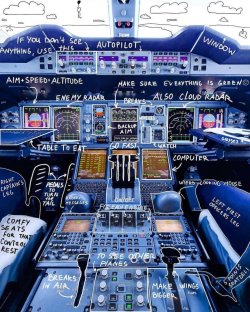Do you factor any potentially contingency fuel into flight planning for these unexpected events? Or is that the alternate fuel.
Contingency fuel is sometimes planned, but any 'contingencies' are generally carried within the variable fuel. Basically that's 10% of the flight fuel, but to a maximum number preflight. For the 380, that was 5,000 kgs. In flight it's 10% of what you'll need to get somewhere. Anywhere.
Calculations for fuel are quite different on the ground, and in the air.
In flight:
You must have 30 minutes of fuel (to dry tanks) at the end of the landing roll. That's about 5(and a bit) tonnes in the 380. Called fixed fuel reserve.
You need approach fuel, which is 1,000 kgs, and gets you from 1,500 on the approach to the ground.
At this point you add in any ATC or weather holding fuel requirements.
Then you need fuel to get from where you are, to that 1,500' point on the approach, plus 10% of that amount.
Note that there is NO alternate fuel, unless required by the weather forecast. On most occasions that aircraft divert, it's from a spot enroute, not from the destination. A destination from alternate is a different animal entirely, and it means you've flown to the minima, and then gone around, and now it's fuel to fly somewhere else, plus 10%, plus that fixed fuel, and approach fuel again. Unless it was required on the forecast, you are unlikely to have it.
And example from a somewhat squeezy flight from LAX to Melbourne. Taken after shutdown



















